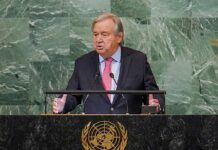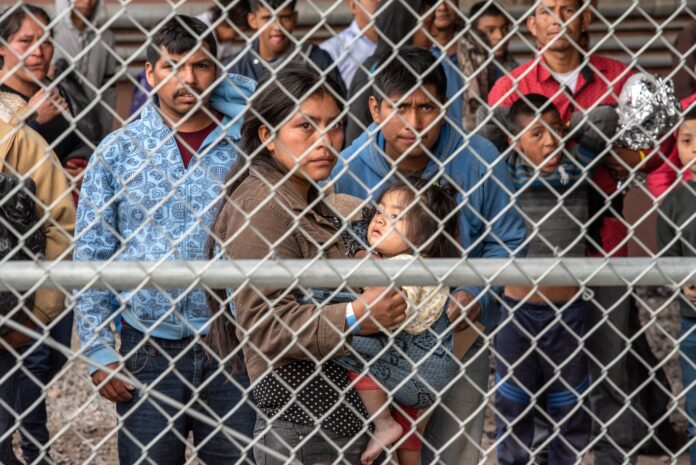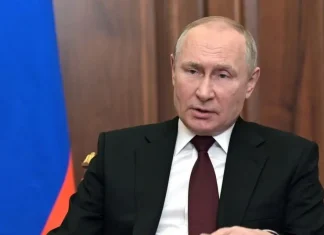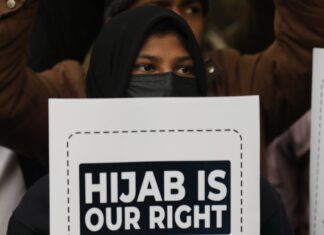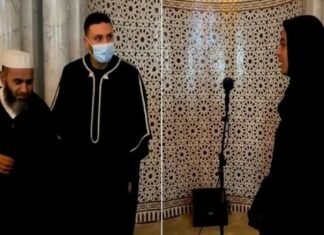The immigrant population in France has not changed or risen sharply in the last 70 years, however, the issue of immigration has become one of the most important concerns of the presidential candidates and a significant part of the citizens of this country in recent years. Statistics show that the immigrant population in France is directly related to the increase in the country’s population in these seven decades. In 2021, foreigners made up 7.7 percent of France’s population. This figure was 6.5 percent in 1975 and 4.4 percent in 1946.
Until the mid-1970s, the main wave of immigrants to France were men, mostly workers. Men who came mainly from the former French colonies to rebuild and respond to the vast market need for labor after World War II. It is only since 1975 that women have been added to the ranks of immigrant men. This policy, called “family reunification,” was adopted specifically for that period and even for later generations, especially to provide manual labor. Immigrant women today make up 52% of the foreign population in France.
Undoubtedly, one of the most important challenges for the two candidates in the second round of the French presidential election will be the issue of immigration. Emmanuel Macron’s immigration policies could be one of the attacks on Marine Le Pen in the run-up to the election. Not in the sense that the French president has pursued soft policies towards asylum seekers, but the situation has developed in such a way that the far right can, as they say, have an excuse against Macron’s “catastrophic performance” of asylum seekers.
However, many observers believe that the Macron administration’s five-year performance falls far short of the alleged leniency of Marine Le Pen and her colleagues towards asylum seekers and immigrants. Statistics show that the deportation of illegal asylum seekers from France increased by 10% from 2017 and reached 32% in 2019, the third year of Macron’s presidency. However, due to the Covid-19 epidemic, the government’s focus on deporting asylum seekers has diminished.
Macron’s first interior minister, Gerard Columbus, enacted a law that increased the length of detention of illegal asylum seekers in special centers from 45 to 90 days. According to Amnesty International, juvenile asylum seekers were also repeatedly detained in these centers during this period.
The French government also repealed the Protocols on the Health of Asylum Seekers in 2019. Government officials have repeatedly stated that many asylum seekers resort to “health tourism” under the pretext of problems. One of Emmanuel Macron’s most important policies was against “underage asylum seekers.” For the first time, this group of asylum seekers was arrested by the police and imprisoned. Some of these homeless teenagers, mostly Afghans, were “abandoned” during Macron’s presidency, and some were “forcibly expelled.” Last winter, Human Rights Watch investigated the situation of thousands of homeless asylum seekers in the Calais area, accusing the Macron government of forcing them to despair.
At the same time, the citizenship process of many legally applying immigrants was completely stopped. The trend of Frenchization of foreigners during the Macron era has reached its lowest point in the last two decades. Comparing Macron’s record with that of François Hollande and Nicolas Sarkozy, the figures show that Macron’s interior ministers have been very strict in granting nationality to immigrants. The number of immigrants who received French nationality in 2020 was 45,000, which is twice as much as in 2009 during Nicolas Sarkozy’s presidency. Nicolas Sarkozy was known for his anti-immigration policies. But statistics show that in 2009, for example, 87,000 immigrants received French nationality. Even the nationalization of François Hollande’s presidency, which hosted numerous terrorist attacks, did not diminish as much as it did during Macron’s presidency.
Immigrant Policy
The issuance of temporary residence cards to international students is also slowing down. According to the French League for the Defense of Human Rights, many students have lived in France for months without a residence card and have faced many difficulties. From 2018, the Ministry of Interior decided to close the student residence card issuance department in many small city governorates under the pretext of economic savings. The queues of students to get a residence card became longer than ever.
The government of Emmanuel Macron has been repeatedly condemned by human rights organizations for its violent treatment of asylum seekers over the past five years. One of the most important was the throwing of tear gas and the violent collection of tents for asylum seekers who had settled in the Canal Saint-Martin and Place de la République in the winter of 2020. Violence against asylum seekers peaked in the French cities of Dunkirk and Calais. In addition to the 27 asylum seekers who died in the English Channel despite declaring a state of emergency to the National Guard, several other asylum seekers also died on French soil. Including 20-year-old Mathieu who drowned in a river in the Alps in 2018. Three Algerians who fell on the railway line on their way to escape from the police were crushed under the train.
After the Taliban came to power in Afghanistan, the French embassy did not issue visas and transfer many Afghans whose lives were in danger from working with NATO and other international organizations. While Germany and Britain hosted 8,000 to 4,000 Afghans, respectively, the Macron government only agreed to admit and grant visas to 2,000 people.
However, the far right, which lined up against Macron on April 24, described the French president’s immigration policies over the past five years as “catastrophic” in terms of immigrants and asylum seekers entering France. In the last 5 years, 675,255 non-European asylum seekers entered France. While the number of asylum seekers during the presidency of François Hollande was 21,7463 and during Sarkozy less than 190,000. The number of immigrants who managed to get a residence card for the first time was 15 times higher in Macron than in François Hollande.




